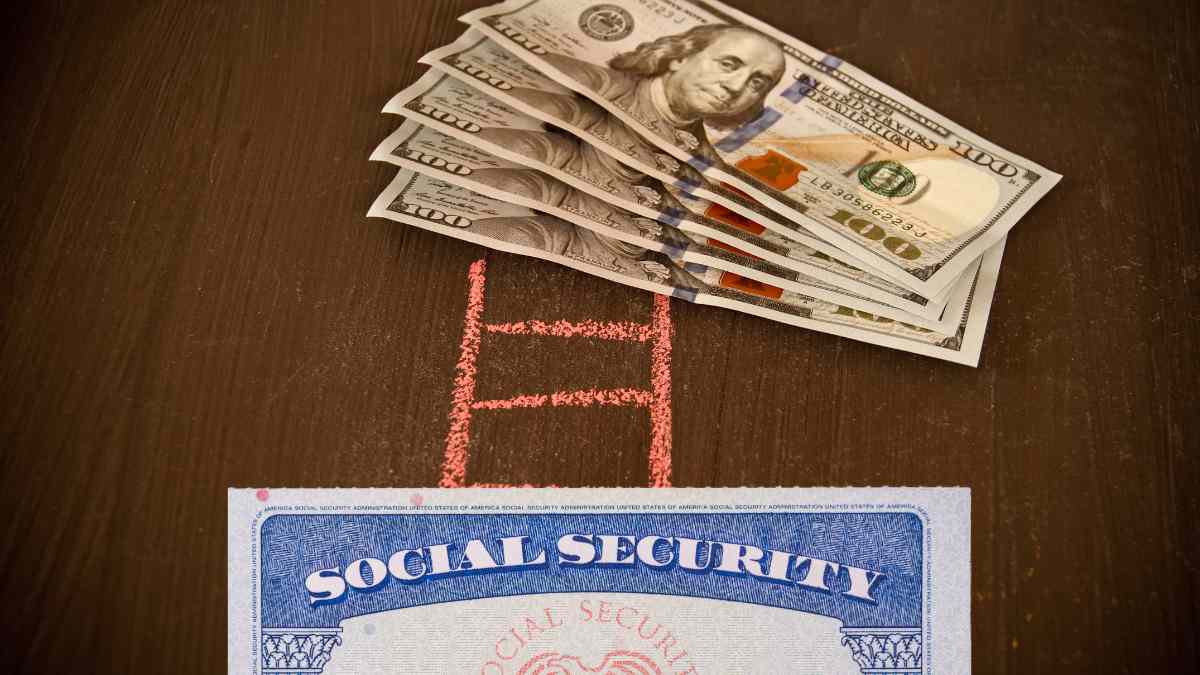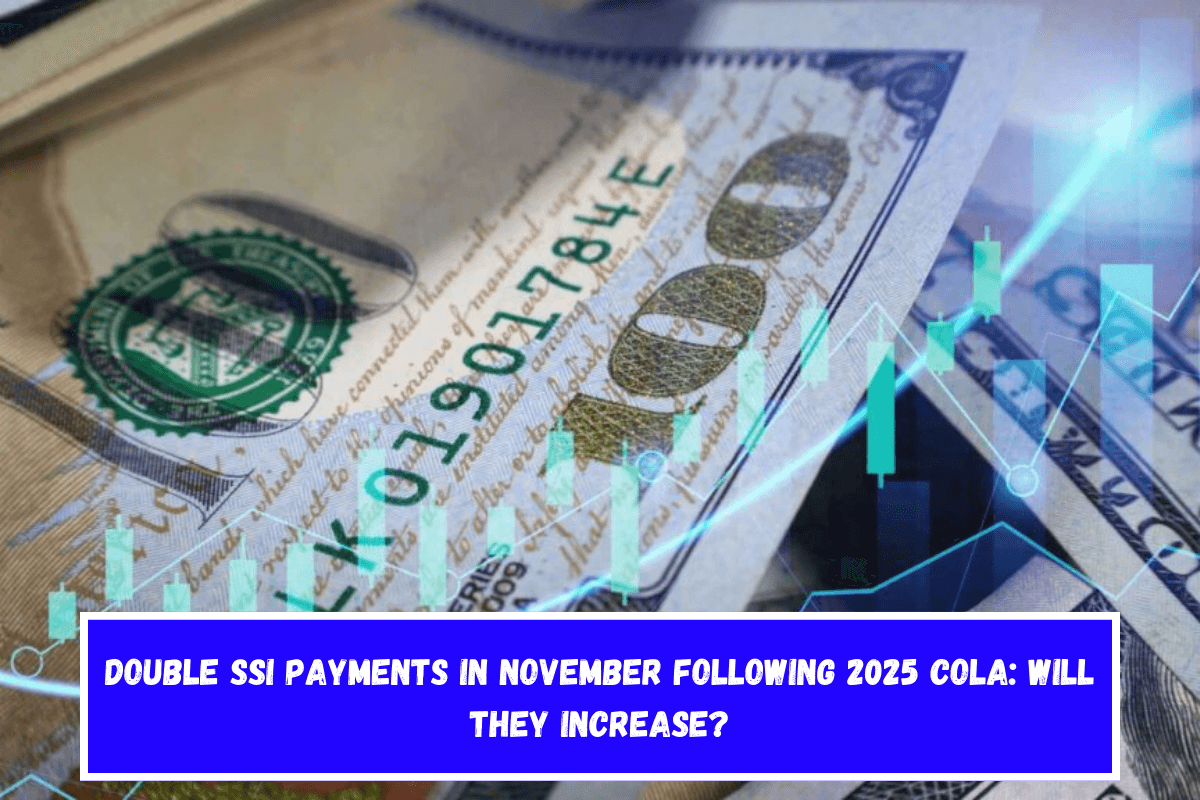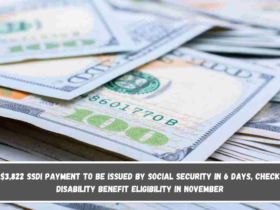The Social Security Administration sends monthly checks to people who are retired, have lost a spouse, are ill, or get SSI. Still, next month, some people who get Supplemental Security Income (SSI) will get twice as much money. It’s usual for the first SSI payment to come on the first of the month, and this time it will.
The second payment will come on November 29, since December 1st is a Sunday. Not only that, but it’s important to note that the SSA created the SSI program to help low-income adults over 65, disabled people, and children who really need money. Find out more about the next double SSI payouts next month here if you get Supplemental Security Income (SSI).
Social Security confirmed Double SSI payments for November
The Social Security Administration had to send over 70 million payments every month, so they made an annual payment plan so recipients could keep track of when each program was due.
Based on this calendar, SSI users always get their checks on the first of the month, excluding weekends and holidays. All of the upcoming payment times are listed below, including the November double SSI payment.
| SSI payments | SSI payments date | Advanced payment |
| August | August 1st | August 30th (September 1st) |
| September | – | – |
| October | October 1st | – |
| November | November 1st | November 29th (December 1st) |
| December | – | December 31st (January 1st) |
Remember that you should wait at least three mailing days before calling Social Security customer service if your SSI payment doesn’t come on the due date.
Will the SSI payments come with an increase following the COLA announcement for 2025?
Though the cost of living adjustment (COLA) will be made public by then, it will not be included in SSI payouts for November because it will not start until January 2025. It is important to remember, though, that because January 1 is a holiday, people who get SSI will get an extra payment on December 31 that includes the new COLA.
Aside from the double SSI payment, other people who qualify, like retirees, widows, and disabled people, get money every month. But the SSA takes into account other things and payment ways when giving out compensation.
For instance, if you are eligible for the Retirement, Survivorship, and Disability Insurance (RSDI) program, you will get money if you meet these two conditions:
- If they seek benefits before May 1997, their payments will be mailed on the third of the month.
- If they claimed benefits after May 1997, their payments would be mailed on the following days:
- On the second Wednesday, if they were born between the first and the tenth.
- On the third Wednesday, if they were born between the 11th and 20th.
- On the fourth Wednesday, if they were born between the 21st and 31st.

Which requirements are needed to receive SSI payments in the US?
Based on certain requirements, the Social Security Administration (SSA) has given monthly payments to millions of Americans and residents since 1935 to help them pay their bills and save for retirement.
The federal agency figures out how much each beneficiary will get each month based on their situation, full retirement age, work experience, type of disability, and how much they have paid into Social Security.
Benefits are also based on resources, income, and the type of application. This helps figure out who is eligible and how much each user can get each month.
In this case, SSI recipients who apply as singles and meet the requirements could get up to $943 per month, while couples could get up to $1,415 per month. People who meet the standards for an Essential Person (EP) may get an extra $472 reward.
People who get payments from this program should know that the purpose of these payments is to help people who worked and paid into Social Security live on a basic level. Last but not least, remember that different payouts may be available to different beneficiaries.
Also See:- Updated COLA for 2025: Social Security Benefits will Rise. But for Retirees, It won’t be Sufficient















Leave a Reply